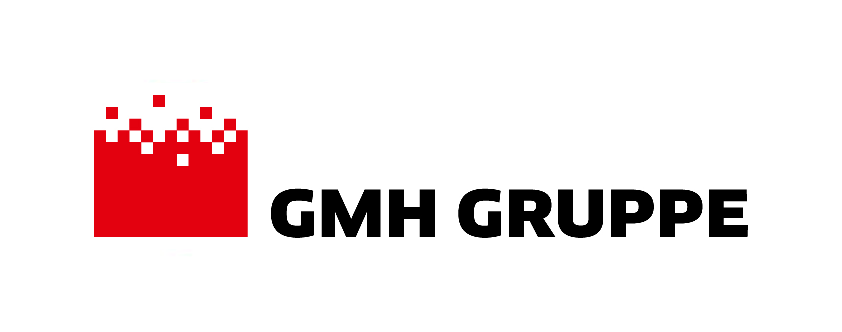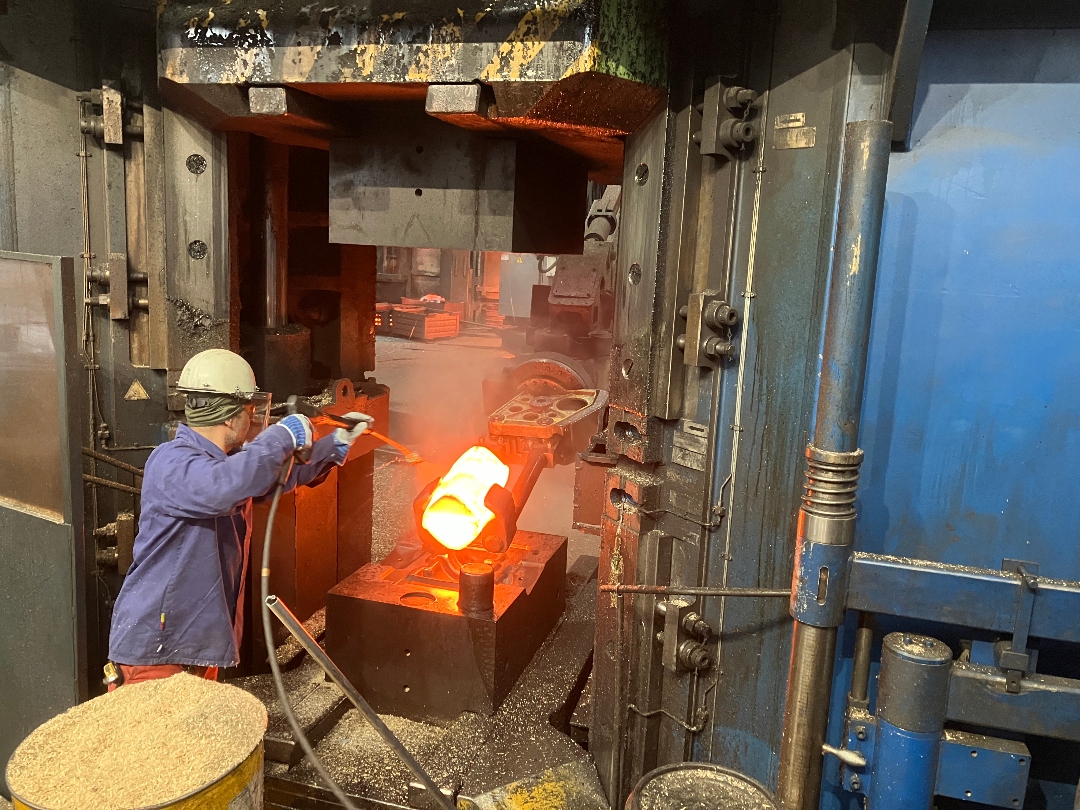
Schmiedag GmbH will invest around 7 million euros in its forging hammer plant as it seeks to improve its carbon footprint and make its production more reliable

With an investment of around 7 million euros, Schmiedag GmbH will increase manufacturing reliability at its forging hammer plant and expand both its production capacity and its product portfolio. At the heart of this investment is the acquisition of a new stretching press that produces a pressure of 630 tons, and the installation of a 400 kJ forging hammer (DG 40 counterblow hammer). The plant will now be able to forge components with a unit weight of up to 750 kg. Previously, a unit weight of 450 kg was the maximum. This will enable Schmiedag to expand its range of heavier components and address new markets that were previously technologically inaccessible. This applies, for example, to special applications in the food industry, which continue to grow strongly, components for modern power generation engines, and components for large mining machinery.
"Thanks to the circular arrangement of our new hammer plant and to the new stretching press, we are now much more flexible, and more efficient practices at the plant will allow us to significantly improve CO2 emission values," says Schmiedag Managing Director Heinz Klenen.
In Schmiedag's forging process, the steel ingots are first heated up to 1,280 degrees Celsius in a furnace, then removed by one of two parallel-operating grippers ("andromats") controlled by specially trained operators. The steel ingots are then fed one after the other into the circular presses and forging hammers, depending on what final shape is desired. The two new aggregates have now been added to this hammer plant.
Preparing the forging hammer’s installation site within the existing hammer plant was a particular challenge in this project. In order to create a suitable foundation, a bored pile wall first had to be constructed ahead of excavating the building pit. This required 42 boreholes with a diameter of 90 centimeters and a drilling depth of 14 meters. Once the pit had been excavated, a 500-ton foundation block was installed for the base plate of the forge hammer. All of this was done while the existing hammer continued to operate, in order to allow the servicing of existing customer orders.
Occupational safety was also increased with a number of structural and technical measures that include an automated shutdown when the plant is entered.

Managing Director
Beitrag teilen